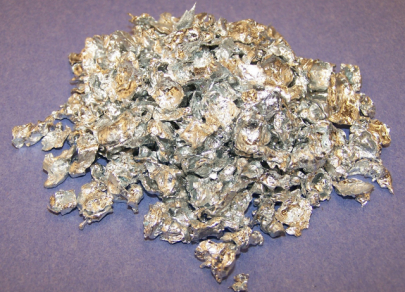FX.co ★ 3 metals to surge amid transition to solar energy
3 metals to surge amid transition to solar energy
Aluminium
Experts at Wood Mackenzie assume that by the end of the 21st century, global temperature will rise by almost 3°C. Against this backdrop, the demand for aluminium in the solar power sector will rapidly increase. In 2020, around 2.4 million tons of this metal were used in the solar power industry. This amount is expected to rise to 4.6 million tons in 2040. Aluminum is typically used in solar panel frames and their structural parts. If global warming is kept within 1.5°C, demand for aluminum in the solar sector will account for 12.6% of the global aluminium consumption by 2040. In 2020, solar’s share in aluminium consumption was 3%.

Zinc
Wood Mackenzie also notes that only zinc coating can guarantee cheap and long-lasting protection from corrosion. This metal is used in the production of solar panels. According to the consultancy group, around 0.4 million tons of zinc are used in the solar power industry annually. If the global temperature goes up by 3°C by the end of this century, the consumption of zinc will also grow. This number is projected to increase to 0.8 million tons by 2040. If global warming is limited to 2°C, zinc consumption will surge to 1.7 million tons a year by 2040. Analysts predict that if the global temperature rise is capped at 1.5°C, the usage of zinc in the solar sector will not exceed 2.1 million tons per year.

Copper
The consulting group names copper as another metal set to surge in demand. Copper is used in power transmission cables and thermal solar collectors. The report assumes that demand for this base metal supported by active solar power generation will increase from the current level of 0.4 million tons to 0.7 million tons in 2040. By this year, copper consumption in the solar sector is expected to grow to 1.3 million tons given that global warming stays at 2°C. If the global temperature goes up by 1.5°, the consumption of the red metal will climb to 1.6 million tons per year in the next 20 years.






















